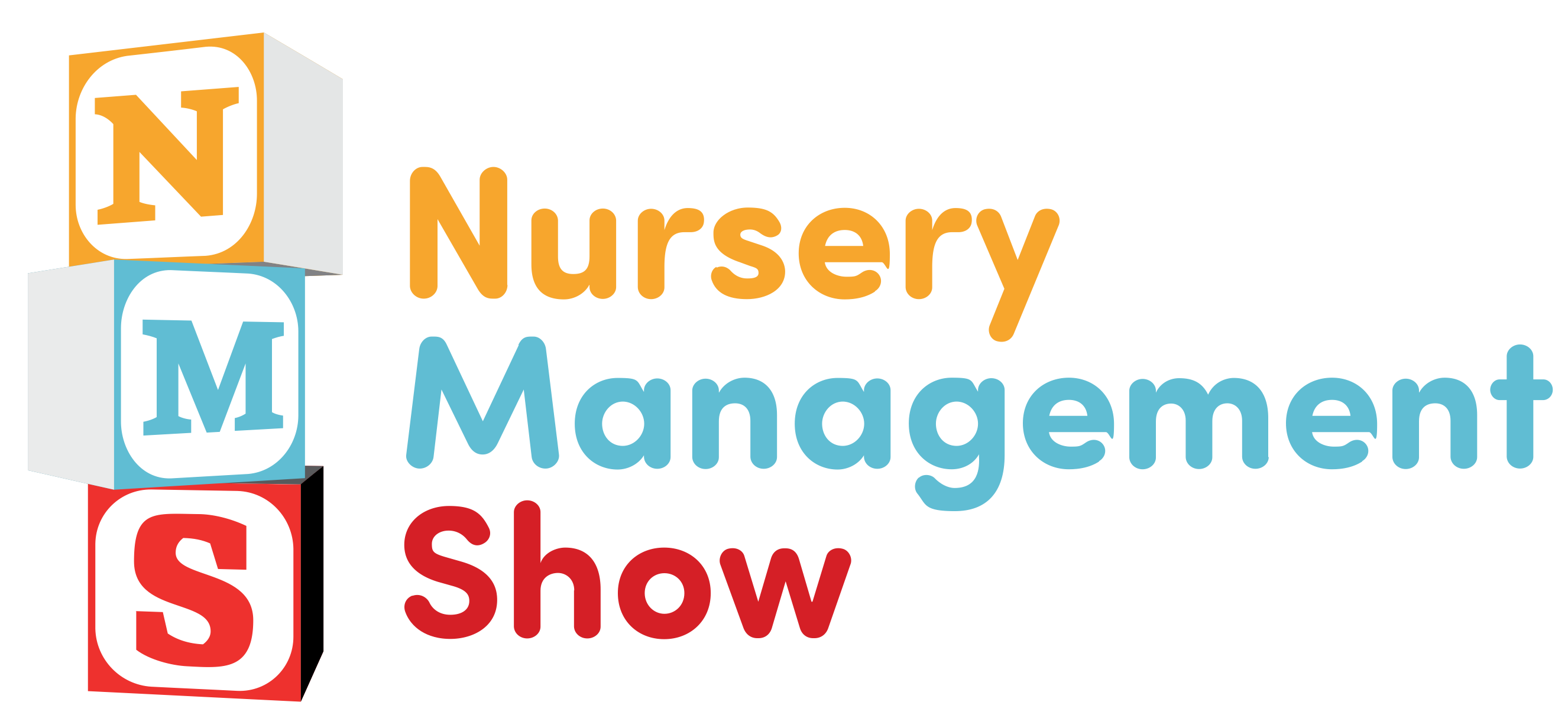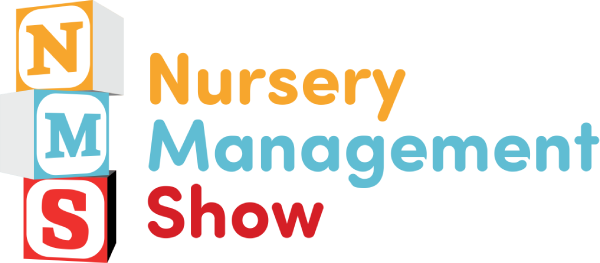Guest blog: Literacy and building connections
)
A child's brain is a glorious thing. In their first year of life, the brain is already at 72% of their adult volume, and by the age of two it has grown to 83% of an adult's volume. In the first few years of life, children's brains develop rapidly – and although they continue to develop as a child gets older, it becomes more difficult to influence the way their brains process information. An adult has an estimated 86 billion neurons, most of which are formed in the womb.
At age three, a child's brain begins to prune the synapses and connections they no longer need and use to make the brain more efficient. A child's brain at the age of three is twice as active as an adult's, and at age five it uses on average twice as much energy as an adult's brain.
This information shows how influential the early years and early years education are to young children. The experiences and teaching we provide to the children in our care shape the learners and adults they will become in the future.
When developing our curriculum at Charnwood Nursery and Pre-school, we thought long and hard about what was most important to us as a company – weaving in themes such as outdoor learning, well-being and attachments, mathematics and literacy. As part of this, my enthusiasm for early childhood literacy was encouraged. I have always had a passion for storytelling, tone manipulating and excitement building.
As early years educators, we are seeing gaps appearing in speech and language development, as well as increasing levels of poor pronunciation. Smaller word banks in children and a low expectation of what our children can achieve are affecting their communication skills.
Rhyme and rhythm are so innate within children because their ears are developed in the womb to recognise beats and sound. A mother's voice is soothing to children, releasing oxytocin in the brain and creating the same response as a hug. Children thrive when contained in an environment of love: they have a healthy flow of oxytocin, leading to good mental health and well-being. Children can hear in the womb, with comforting tones and sounds from familiar adults creating a feeling of safety. Attending to the basic needs of children to ensure they feel safe is imperative for healthy brain development.
I think it is important to consider the impact of a story on a child and their caregiver. Children's attachments with important familiar adults are key to building connections in the brain. Neuroscience shows us that reading aloud can strengthen and build synapses in the brain, which supports cognitive function. In the first year of a child's life, the brain doubles in size and the synapses are formed quickly at this stage. As oxytocin supports brain development and story reading supports the flow of oxytocin with a feeling of safety and love, this is why sharing a story from the early years is so important.
When you read to children regularly, the synapses become stronger. Stronger synapses make a network in the brain that supports learning, memory and other cognitive abilities. Oxytocin flows and the feeling of safety and love encourages new synapses, supporting the brain holistically. This is why I am so passionate about early language and reading: reading is love, and love is feeling the security to learn and grow.
Telling a story, and not just from books, can encourage the use and conceptualisation of new language. It supports the modelling of good communication, tone and expression. When you think about it, stories are vessels in which we have passed down information and teachings throughout the years.
So what does this look like in practice?
- Encourage a love of books by creating your continuous provision with books and texts in mind. When creating a mathematics provocation, think about providing construction texts, texts with numerals and texts with mathematical concepts. When planning STEM (Science, Technology, Engineering and Maths) continuous provision, think about fact and fiction texts you can use and place them throughout the environment.
- When thinking about encouraging new language, ensure your early years educators have a solid content knowledge about new topics. Use pictures to support staff and develop a culture of sharing knowledge and good practice, so they do not feel embarrassed about ‘getting it wrong’.
- Have a lending library, i.e. a space where you can share books with families and explain why you believe reading is crucial to child development and attachments. Encourage parents to swap books to expand the library.
- Think about implementing a focus book, choosing key texts that you believe are important to you as a setting. Distribute them to the classrooms, and communicate to parents the importance of these texts and why/how we use them in the setting.
- Invite your parents and families in for story readings and stay and plays, modelling how we integrate stories and language into our everyday lives at the setting.
I am hoping, in leading with a passion for literacy and language, to encourage a cohort of children with a large, impeccable word bank. A cohort of children with a passion for reading and using books to seek out more. A cohort of children who feel safe and confident in their education and who feel they can flourish in to strong, educated, resilient adults.
If we lead and encourage our parents and early years educators with passion, this will trickle down to our children, giving them the best start in their brain development and educational journey.


